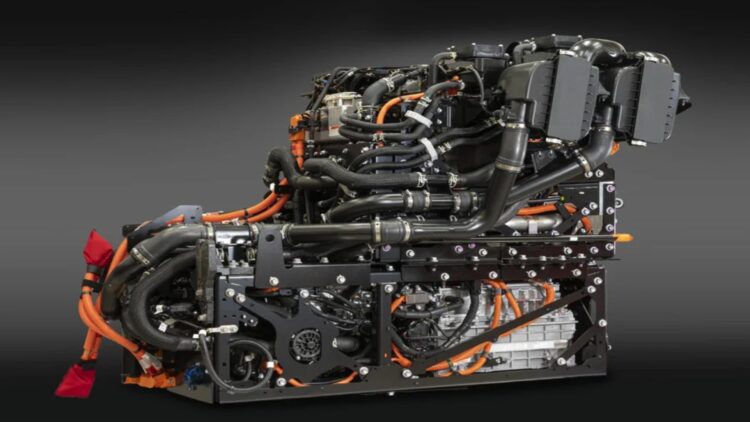The world has been searching for other fuels, and one of those that is not so popular is 1-octanol. Due to the special characteristics of the molecule, Octanol is gradually attracting the attention of research laboratories due to its ability to reduce emissions and increase engine efficiency.
But what happens when this fuel makes it to an actual car? Let’s look at the amazing combustion systems that make using octanol in vehicles possible.
What makes octanol stand out from conventional fuels
Octanol is one of the synthetic fuels created to be in the middle of performance and sustainability. Compared to conventional fuels such as diesel or gasoline, octanol has higher energy density and lower emissions, including soot and NOx. The studies have also revealed that octanol is easily blended with other fuels, including ethanol, to form a very efficient bi-fuel system.
This dual fuel system involves a high-reactivity fuel such as octanol and a low-reactivity fuel such as ethanol. In engines utilizing the MCC system, octanol is a combustion “primer.” The outcome is a highly managed combustion process that has been shown to cut emissions while boosting fuel efficiency. The molecular dynamics of the combustion chamber are enhanced by octanol to make it a very clean and efficient fuel.
With such benefits, it is not surprising that researchers are thrilled about using octanol in many of their experiments. But it is not just a theory: it is already used in test vehicles.
How the MCC system revolutionizes fuel efficiency and emissions
The MCC system introduced at RWTH Aachen University is a major innovation in engine design. It employs dual direct injection to achieve a controlled blending of low and high-reactivity fuels, air-fuel ratio, and compression ignition. For octanol-based systems, this leads to significant cuts in soot and NOx emissions, two pollutants characteristic of conventional engines.
Ethanol is considered LRF, which forms a stratified charge in the combustion chamber. Octanol the high reactivity fuel (HRF) is then injected later to form a “molecular spark,” an ignition source. This arrangement ensures that the combustion is uniform throughout the chamber, thus minimizing the hotspots that lead to high emissions.
Engine tests have shown that more than 48% indicated efficiency – more efficient than the conventional combustion systems. These results suggest that octanol could provide diesel-like energy output while meeting high emission standards. The MCC system is a novelty and a view of a better and more sustainable automotive industry.
What does an octanol-powered car look like in action
Picture an automobile that gives a diesel standard kind of power but with an entirely different combustion process. For octanol-fueled vehicles, the MCC system guarantees optimal performance with minimal interference. These engines can be used on a sliding scale of ethanol and octanol blends and, therefore, do not require a high octane rating to deliver efficient and powerful performance.
The practical advantages are not limited to emissions. The improvement in fuel efficiency on its own makes this method worth implementing. Due to the higher energy density, the range of octanol is preferable for personal and commercial use as a vehicle fuel. It is also compatible with renewable production methods like biomass-to-liquid (BTL) or power-to-liquid (PTL).
The first cars using octanol are still prototypes, but the results received are encouraging ones. As more studies are conducted to enhance compression ratios and injectors, these vehicles may become familiar to many shortly. Such a success would go a long way in enhancing the car manufacturing companies’ green image.
Of course, octanol may not be a familiar term for many people. However, the opportunity for its application in transport is indisputable. Sustainability is incorporated with efficiency to present a more viable solution to conventional fuels.
The MCC system has already been applied, and its effectiveness in lowering emissions and increasing performance has been demonstrated; incorporating octanol in vehicles is interesting. However, as the research continues, this “strange fuel” might become the hope for a cleaner and more sustainable America and the world.

